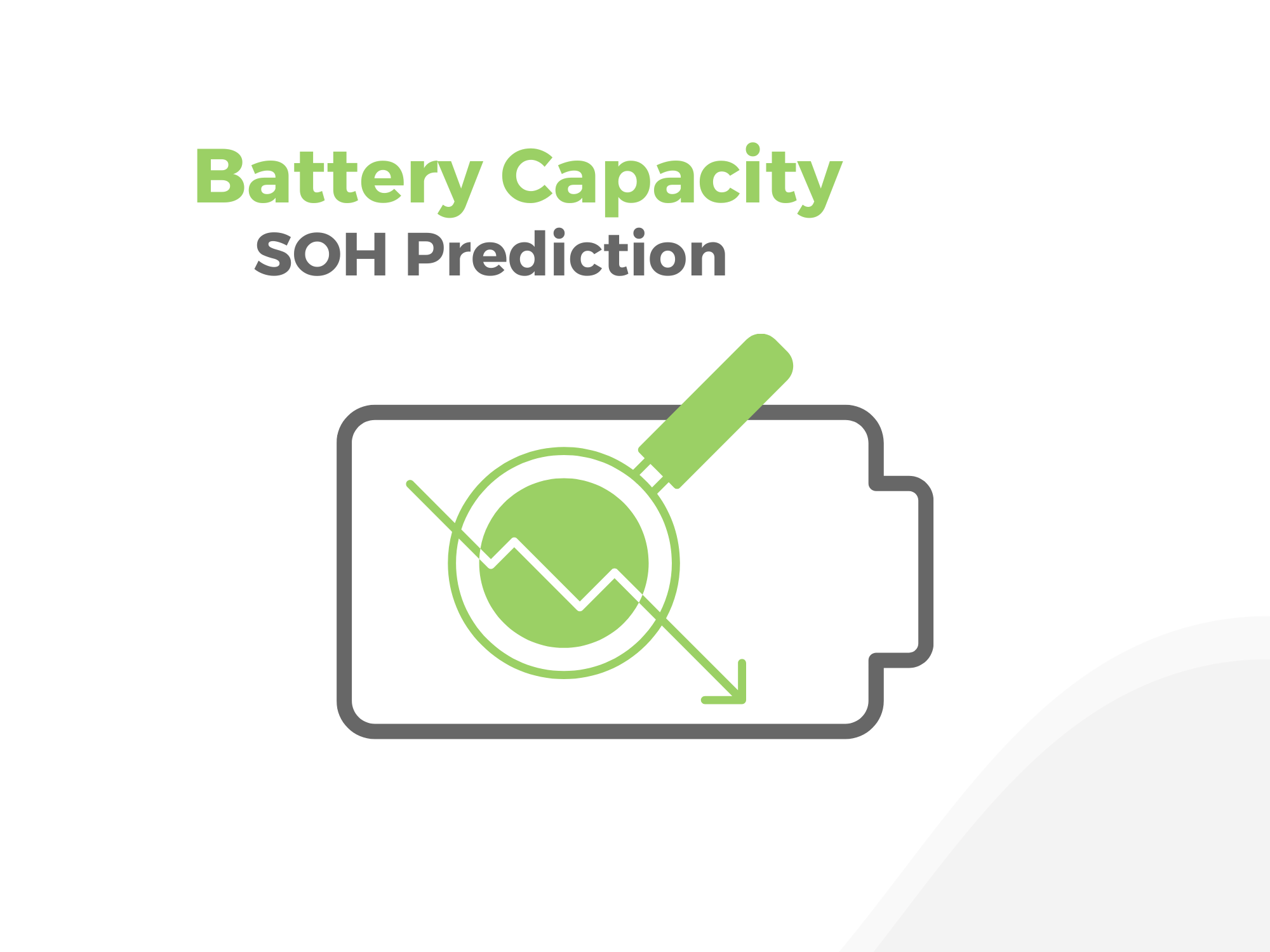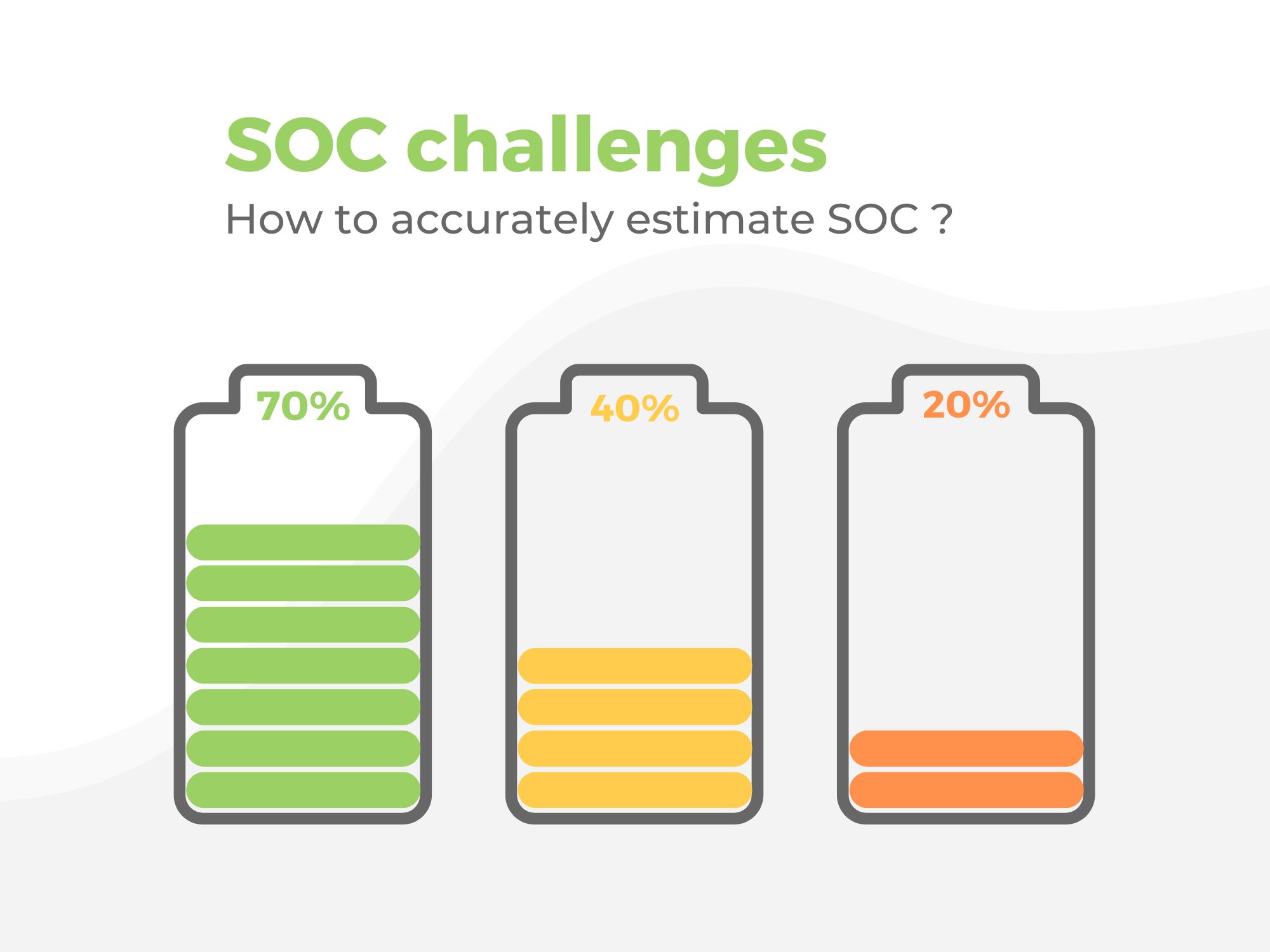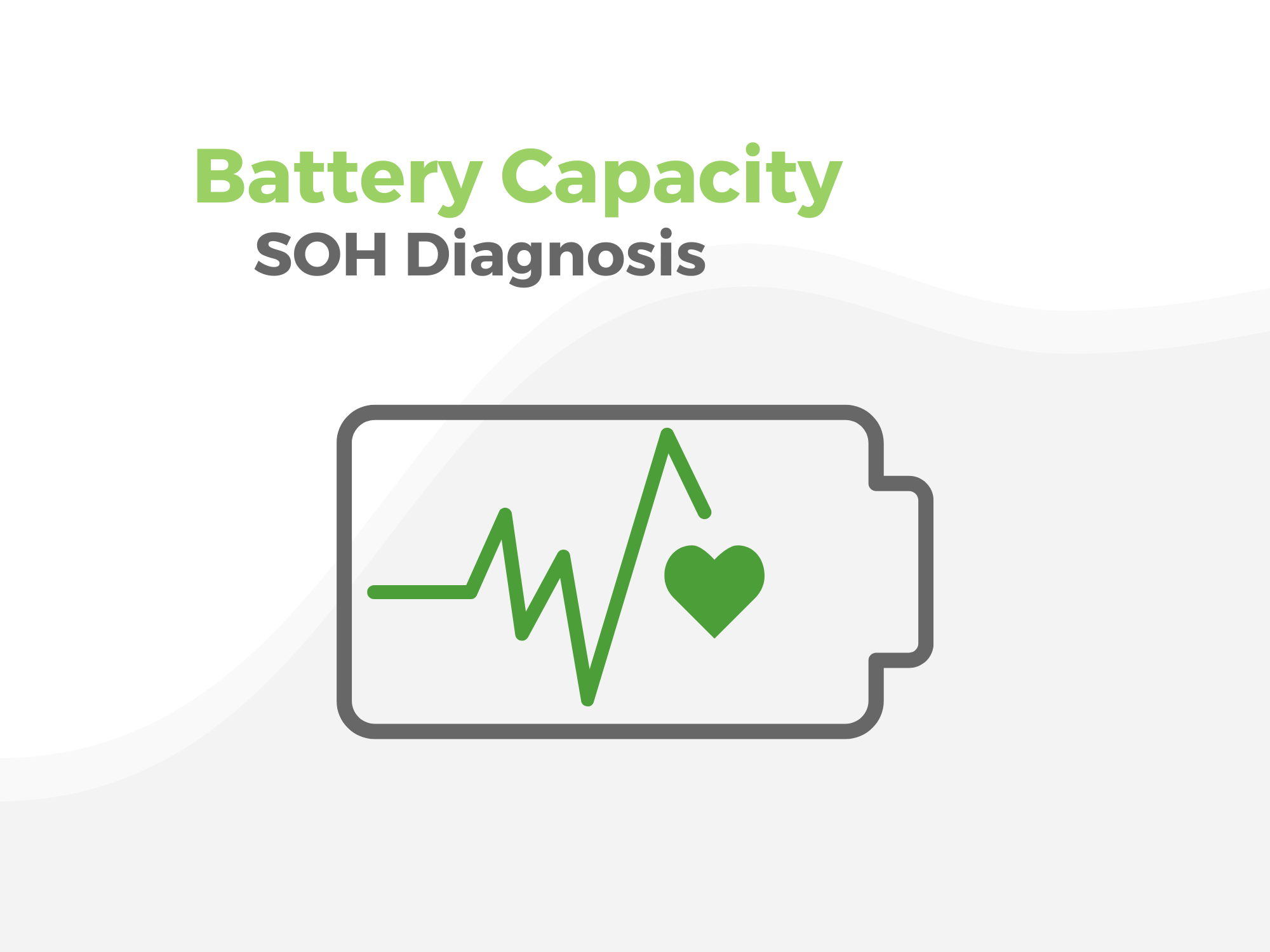RTE or Energy efficiency?
A new Key Performance Indicator (KPI) from PowerUp will enable you to understand, at the touch of a button, the true operational efficiency of your battery assets.

Do you really know how efficient your batteries are? Is your annual or bi-annual manufacturer round-trip-efficiency test sufficient or accurate enough to help you understand the true operational efficiency of your battery assets?
PowerUp has developed a new KPI, “Energy Efficiency”, available at any moment on the Battery Insight® dashboard, which calculates energy efficiency based on batteries’ actual usage rather than the predefined parameters used in manufacturer/warranty testing. The result is a useful performance indicator which can help you monitor the efficiency of your assets at a precise instant, or over time, thereby enabling accurate operational and financial performance.
Energy efficiency and round-trip efficiency. What’s the difference?
Energy efficiency – the ratio of useful output to energy input – concerns virtually every technological field imaginable. Improved energy efficiency means achieving the same or better results with less energy, eliminating waste whilst reducing costs and environmental impact. In a world living in the shadow of climate change, this is something that has huge socio-economic importance.
This is no less true for operators working in the field of battery asset management whose battery assets are subject to a myriad of internal and external factors that can affect the operational efficiency of their batteries: resistance, PCS (Power Conversion System) and BESS auxiliaries such as HVAC thermal management systems, fire suppression systems and more.
Round-Trip Efficiency (RTE) testing: the checks and balances needed for client, manufacturer and insurer alike.
RTE testing for Battery Energy Storage Systems (BESS) is a critical process for manufacturers and insurers to verify performance and manage risk. It essentially measures how much energy is lost during a full charge-and-discharge cycle.
How RTE Testing Works
The process involves measuring the total energy input to the battery during a full charge and the total energy output during a subsequent discharge. Most of the time, RTE testing necessitates the use of precise protocols within warranty or insurer analyses; for example – a charge/discharge at 100% at equal power rating. The RTE is then calculated using this formula:
RTE= (Energy Output / Energy Input) ×100
This testing is typically used as part of the commissioning process before the BESS is put into service, and it’s also carried out at regular intervals to monitor performance over time.
- Manufacturer’s Role: The manufacturer performs RTE testing to ensure the BESS meets its guaranteed performance specifications as outlined in the warranty. They use this data to validate their product’s quality and, in some cases, to optimize the system’s performance. For new or unproven technologies, manufacturers may have a representative on-site to witness or conduct the test.
- Insurer’s Role: Insurers use RTE test results as a key indicator of a BESS’s reliability and risk profile. Since a low RTE can signal potential issues, insurers may require the system to meet a certain efficiency threshold to qualify for coverage. A consistently high RTE demonstrates a well-functioning system, which can lead to lower premiums. Insurers are also interested in how RTE is measured over time, as a significant drop could indicate a problem that could lead to a more serious failure, such as thermal runaway. For more information about Insurance and Warranties see this article: “Nominal Conditions: Hit the sweet spot!”
The Energy efficiency KPI from PowerUp
The operational efficiency KPI is not a replacement for an RTE test, but rather an alternative energy efficiency test, one based on more flexible, operational parameters. It is therefore different to the rigid manufacturer protocols established primarily as an envelope for managing warranty and insurance negotiations.
It is rare for a BESS to charge/discharge at 100% at equal power ratings. The average, everyday behaviour of a battery energy storage system is a little less tidy. Current may vary during discharges, charges and discharges are rarely symmetrical. In short – everyday battery asset management is a little more random, whether this is due to energy intermittency or environmental and/or operational conditions. Consequently, this will impact the overall energy efficiency of the asset. As importantly, the Battery Asset Manager can carry out this evaluation, when (and as often) as he/she wants.
PowerUp uses the metrics from the BMS to compute the energy charged and discharged from the system, then determines the ratio between the two to update the operator on the efficiency of the battery assets. But because the algorithm is representative of real operating conditions, with asymmetric charge/discharge cycles, it is also more representative. An RTE test following the prescribed parameters demanded by a manufacturer has not been designed to evaluate operational efficiency on a regular basis as a BESS management tool and therefore cannot give the battery asset manager a true understanding of the operational efficiency of their assets. And without understanding the true operational efficiency of the assets, the Battery Asset Manager cannot calculate accurately energy and revenue gains (or losses!)
How much money am I making (or losing?). Why accurate Energy efficiency is such an important performance indicator…
BESS evaluation using RTE | BESS evaluation using Energy efficiency from PowerUp |
Cost price of energy kWh = 1€/kWh | Cost price of energy kWh = 1€/kWh |
Sales price = 2 €/kWh | Sales price = 2 €/kWh |
RTE Efficiency = 95% | Operational Efficiency KPI = 97% |
Sales price based on energy efficiency based on 100kWh bought energy = 95 €
| Sales price based on energy efficiency based on 100kWh bought energy = 97 € |




